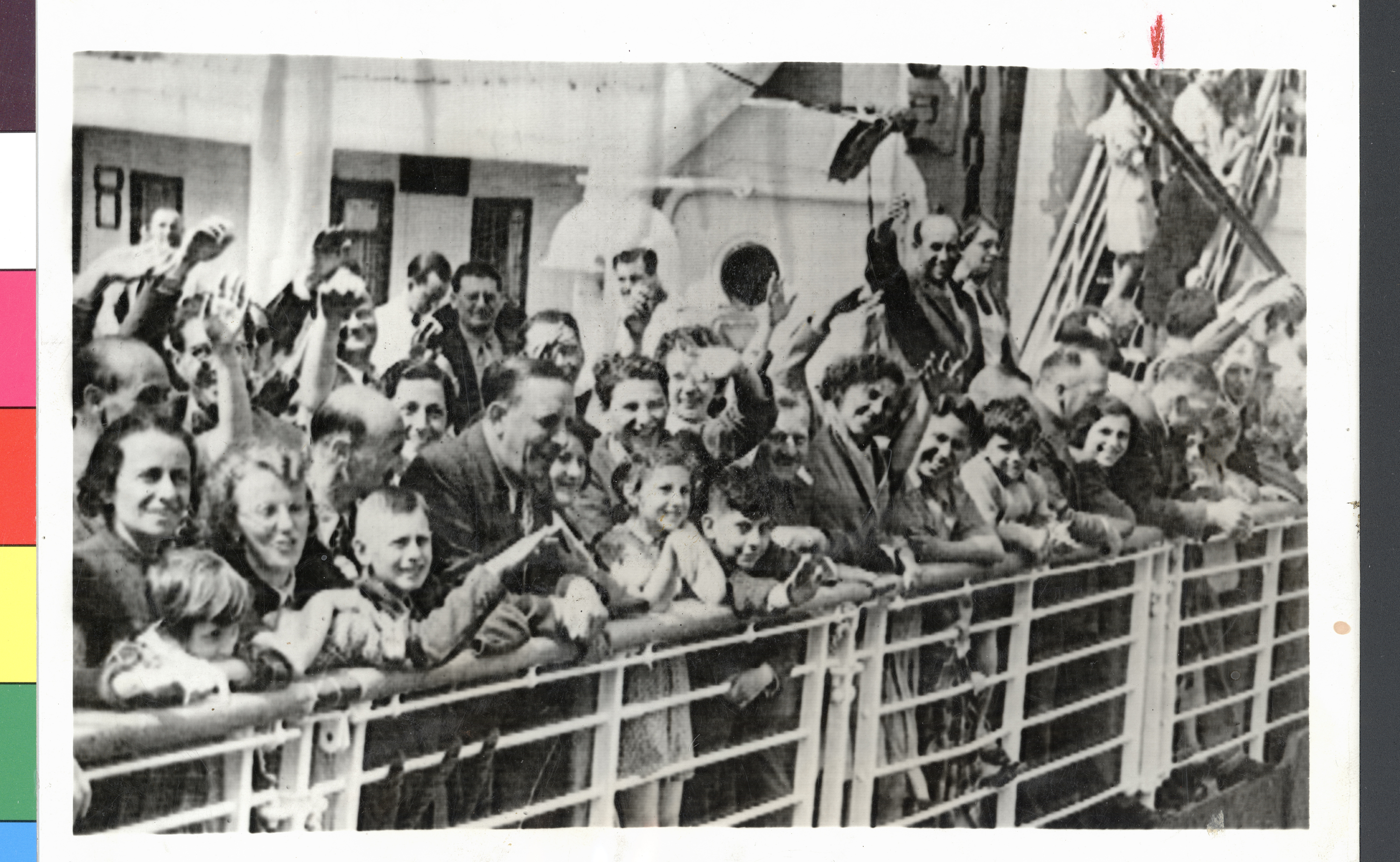Article
No. 8 Company – Canadian Forestry Corps
No. 8 Company, Canadian Forestry Corps (CFC) was the second Black unit formed in the First World War, after No. 2 Construction Battalion. From November 1918 to March 1919, No. 8 Company improved and repaired airfields and roads in northern Belgium and Germany, providing valuable support to the Royal Air Force (RAF).







